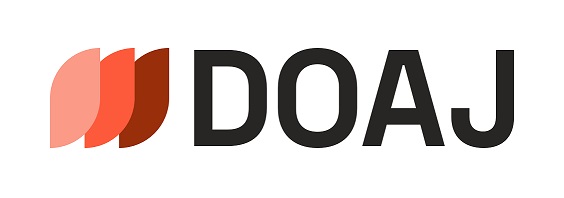The Looting of the Winter Palace in Peking in 1900-1901
DOI:
https://doi.org/10.23690/jams.v4i2.122Abstract
An anti-foreign and anti-Christian uprising began in northern China in 1899, dubbed the “Boxer Rebellion” by the foreign powers that subsequently invaded China. In the course
of events, troops of the Eight-Nation Alliance began to arrive in Beijing in August 1900 and occupied the city. During this time countless works of art were looted and many of these were subsequently traded on the international art market. A significant number of these were originally housed in the Ziguang Ge (紫光閣, Hall of Imperial Splendour), and their dispersal
is a key subject of the present article. The Ziguang Ge was part of an imperial park to the west of the Forbidden City called the “Winter
Palace” by Europeans. This area was given to the Germans as headquarters for the commander-in-chief for the coalition army under the command of Field Marshal Alfred Graf von Waldersee (1832-1904). Contemporary publications demonstrate how the German army settled in this area and how German soldiers treated artworks located there as their property. It is
therefore not surprising that many works of art from this area are either in German museum collections today or have entered the art market
from German collections. As the Ziguang Ge housed specific artworks, paintings, and other works of art with military motifs, their origin and whereabouts can be easily documented.
Systematic efforts on the part of the Chinese to locate these works of art do not seem to have been made to date. It is to be hoped that at least the two large collections of officer paintings
now in Chinese hands will one day be made accessible to the Chinese public.
Published
How to Cite
Issue
Section
License
Copyright (c) 2020 Niklas Leverenz

This work is licensed under a Creative Commons Attribution-NonCommercial 4.0 International License.
Except where otherwise noted, the Journal for Art Market Studies is licensed under the Creative Commons Attribution-Non-commercial 4.0 International license (https://creativecommons.org/licenses/by-nc/4.0/). Articles can be read and shared if attribution is given to the original source (BY) and the use is not for commercial purposes (NC).




